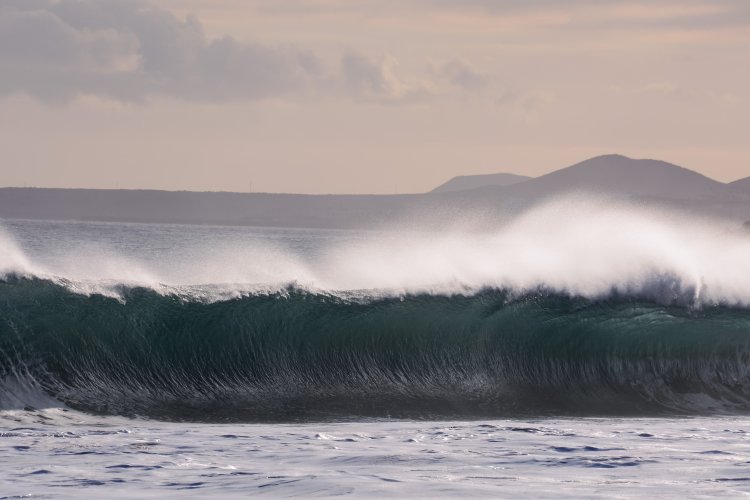It gets warmer: an emergency was declared in the city of Baikalsk, Irkutsk region, due to the danger of pulp and paper mill storage cells overflowing. 200 people were evacuated from 65 flooded houses in the district center of the Duvansky district of Bashkir Republic, and dozens of bridges were blocked by overflowing rivers across the region. Flood, high water, deluge: what is different is how the annual problem is countered and prevented.
Flood, high water, deluge – all words are synonymous, but the levels and the conditions of disaster are different. In Russia, up to 50 thousand square kilometers become submerged every year, and not necessarily in spring. Snow melting is a predictable factor, but summer and spring rains also raise river waters causing them to overflow to cities. So, in the summer of 2019 in Irkutsk Region, the rainfall was 3.5 times monthly average. It was only a year later that the consequences of the disaster were fully cleaned up.
The total area of flood-threatened territories in the country is 400 thousand square kilometers. The North Caucasus, Primorsky Territory, Sakhalin and Amur Regions, Transbaikal Region, the Middle and Southern Urals, the Lower Volga, and Eastern Siberia are regions in the risk zone of rising water.
A high water is a sharp rise of level in a water body that occurs due to heavy rains or rapid melting of snow. High water can recur many times in different seasons of the year. High water is short-lived and sudden but can last up to several days.
Seasonal flood is the maximum water level over the year in a water body that may recur annually in the same season. It involves a high and sustained rise of water caused by thawing snow or combined thawing of snow and glaciers. In contrast to high water, seasonal floods are regular although they occur with varying intensity and duration.
Seasonal floods are natural disasters manifested by the flooding of territories. A deluge can be caused both by a high water or a seasonal flood, but may also result from jams or burst dams.
The oldest known dam was located a hundred kilometers away from the city of Amman, the capital of Jordan. It is dated 3000 BC. It comprised a stone wall 4.5 meters high and 1 meter thick. A little later, a 102-meter-long dam with was erected at a distance of 25 kilometers from Cairo, although it was soon destroyed by rain. A variety of dams were built by the Romans, mainly to establish reservoirs for dry seasons. Now the construction of dams to create reservoirs remains one of the most effective measures to prevent flooding of cities.
Bunds also provide protection from flooding – they are erected along the banks of rivers or seas to protect the territory from rising water and high waves. The very word “dam” comes from Dutch – the names of a number of Dutch cities include this word. For example, Amsterdam literally translates as “a dam on the Amstel River,” and Rotterdam, “a dam on the Rotte River.”
The concepts of dam and bund are often confused, although these water engineering structures perform different tasks. Bunds are often erected to protect a waterfront area from flooding. Bunds must withstand a certain water head. In addition, bunds serve to control the width of the river bed. A dam is designed for constant water pressure – they are built to raise the water level and create an artificial reservoir.
Water may rise due to a jam when debris accumulating in the river act like a dam. This happens especially often at narrow sections. Wherever possible, especially in cities, the river is cleaned of natural debris such as twigs and snags as well as municipal waste before seasonal floods. If necessary, rivers are expanded and deepened, and meandering sections are straightened to let water pass through at a greater flow rate without spilling over the banks.
In addition to technical solutions, “green” methods are used for flood control by creating a kind of natural infrastructure. One way to relieve the load on the river bed is to create additional channels and secondary beds that will split the flows.
And in the long term, reforestation can help: experts from the Silver Taiga Foundation (LISTED IN THE REGISTRY OF NON-GOVERNMENTAL RESTRICTIONS FUNCTIONING AS FOREIGN AGENTS) say that industrial felling of trees affects the level of water during high water and seasonal floods. Sparse tree cover means less obstacles for water produced by thawing snow or heavy rains, so water flows down the surface of the soil faster and significantly raises river level.
According to rescue workers, floods are the number one disaster in terms of repeatability and area affected, and in terms of victim count and material damage, they hold the second place after earthquakes.
Photo: underworld / ru.123rf.com






















